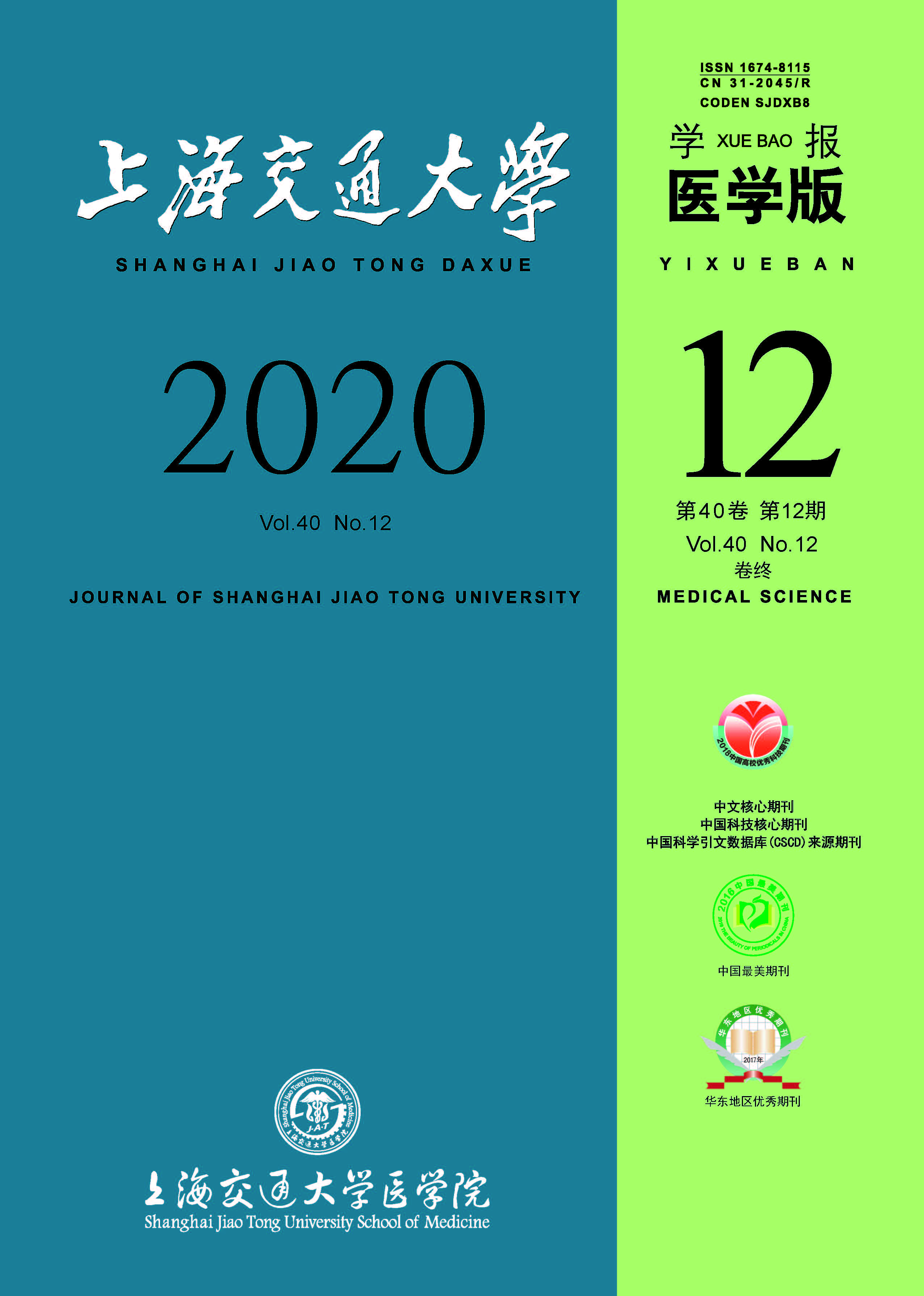|
|
Hypertension control in Jiading, Shanghai and its relevant factors
HU Zhe1*, FENG Qing1*, DENG Xue-qin1, HE Yan1, LI Ming-chun1, DONG Chen-jie2, HU Jing-fen3, ZHANG Nan3, GAO Yan4, CHU Shao-li1, YANG Hui1#, CHEN Xin1#
2020, 40 (12):
1652-1655.
doi: 10.3969/j.issn.1674-8115.2020.12.015
Objective · To investigate the hypertension control and relevant factors in Jiading, Shanghai, and make some suggestions for the management of hypertension. Methods · The data was derived from the May Month Measurement study, from May to September 2017. The seated blood pressure of adults aged 18 years or above were measured three times with 1-minute interval. All values were recorded. Demographic information, including age, gender, body height, and current smoking and alcohol intake, the presence of comorbid diseases, such as diabetes, coronary artery heart disease (CHD) and stroke or transient ischemic attack (TIA) and the use of antihypertensive and lipid lowering drugs, were collected as well as waist and hip circumferences were measured. Logistic stepwise regression was used to analyze the relevant factors of unawareness, untreated and uncontrolled of hypertension. Results · A total of 9 992 participants were included in the analysis, the mean age of whom was (50.3±16.2) years, with males accounting for 56.2%, and the mean blood pressure was 125 mmHg/76 mmHg (1 mmHg=0.133 kPa). The proportion of hypertension was 31.6%, and the rates of awareness, treatment and control of hypertension were 64.7%, 59.3% and 40.1%. The older hypertensive participants had better awareness and treatment [+10 years, unawareness: OR=0.77, 95%CI 0.71–0.83, P=0.000. untreated: OR=0.77, 95%CI 0.71–0.83, P=0.000]. The situation in male was worse (vs female, unawareness: OR=1.42, 95%CI 1.19–1.69, P=0.000. untreated: OR=1.27, 95%CI 1.06–1.52, P=0.009. uncontrolled: OR=1.24, 95%CI 1.02–1.51, P=0.034). Individuals with diabetes (unawareness: OR=0.36, 95%CI 0.22–0.61, P=0.000. untreated: OR=0.52, 95%CI 0.34–0.80, P=0.003), using lipid-lowering drugs (unawareness: OR 0.20, 95%CI 0.11–0.36, P=0.000. untreated: OR=0.25, 95%CI 0.15–0.42, P=0.000), with CHD (unawareness: OR=0.27, 95%CI 0.12–0.59, P=0.001. untreated: OR=0.30, 95%CI 0.15–0.58, P=0.000), and with stroke or TIA (unawareness: OR=0.35, 95%CI 0.17–0.72, P=0.004. untreated: OR=0.38, 95%CI 0.20–0.71, P=0.002) had better awareness and treatment, and patients with CHD were better controlled than ones without CHD (OR=0.63, 95%CI 0.42–0.95, P=0.026). Conclusion · The rate of awareness, treatment and control of hypertension in Jiading, Shanghai is not ideal, especially in male and the youngers. The rate of awareness, treatment and control in patients with cardiovascular diseases is higher, which suggests the importance of blood pressure measurement and public education.
Related Articles |
Metrics
|

